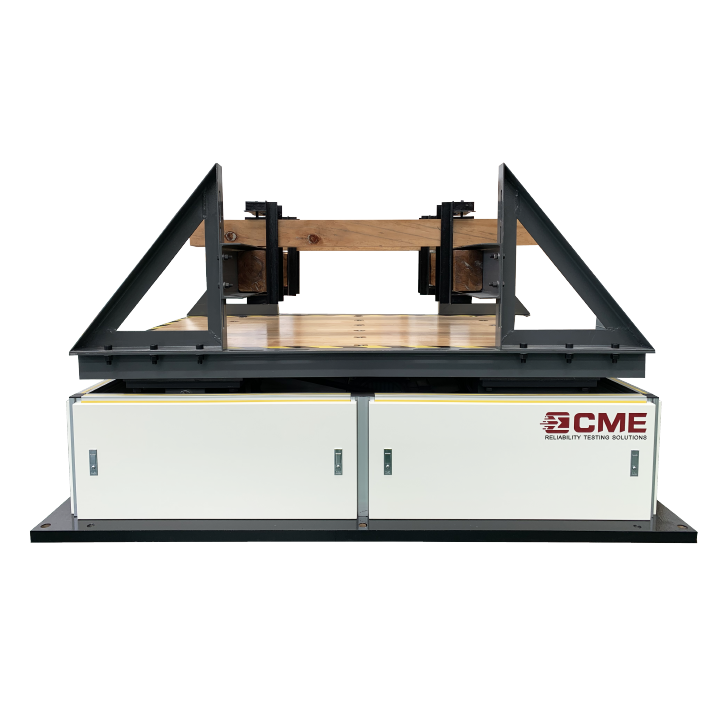| Message: | Bounce testing simulates the constant loose cargo state during truck transport. Often times, containers carrying military and civilian hardware (such as: medical supplies, electronics, weaponry, communication devices) travel for extended periods of time and must be transported off-road. All of these items must maintain functionality upon arrival at their destinations.
The International Safe Transit Association (ISTA) developed a civilian package test procedure resembling the military test: 1A for products weighing less than 150 lb (68 kg) and 1B for over 150 lb (68 kg). Additional tests in subsequent procedures such as 1C, 1D, 2A and further combine the loose cargo basic test with atmospheric conditioning and other factors.
MIL-STD-810 and ISTA Procedures 1A and 1B offer package test procedures for packages subjected to repeated vibration (bouncing Testing) for a distance of up to 150 miles (240 km), while unrestrained and repeatedly colliding with other cargo and the walls and floor of a four-sided compartment.
Technical Specifications
Model
Parameters KRD51-100 KRD51-200 KRD51-500 KRD51-1000 KRD51-2000
Max. Load
(kg) 100 200 500 1000 2000
Displacement
(mm) 25.4
Frequency 2~5Hz (120~300RPM)
Test Motions Rotary
Working Table Size(mm) 1700×1200 1900×1300 2000×1500 2700×1650 2700×1800
Height of Specimen COG(mm) <500 <600 <700
Consumption Power (kVA) 8 10 12 15 20
Weight (kg) 1600 2000 3500 5000 6000
Dimension(mm) 2100×1500×1200 2300×1800×1800 2700×1800×1800 2800×2200×2000
Power Supply AC380V±10%, 50/60Hz
Working
Environment Temperature Range 0~40℃,humidity≤80% (no condense)
Standards ISTA-1A, 1B, 1C, 1D, 2A, 2B, 6-FedEx-A, 6-FedEx-B; ASTM-D999; ISO-2247; MIL STD-810G; FED-101
|
 my account
my account
 log out
log out
 my account
my account
 log out
log out
